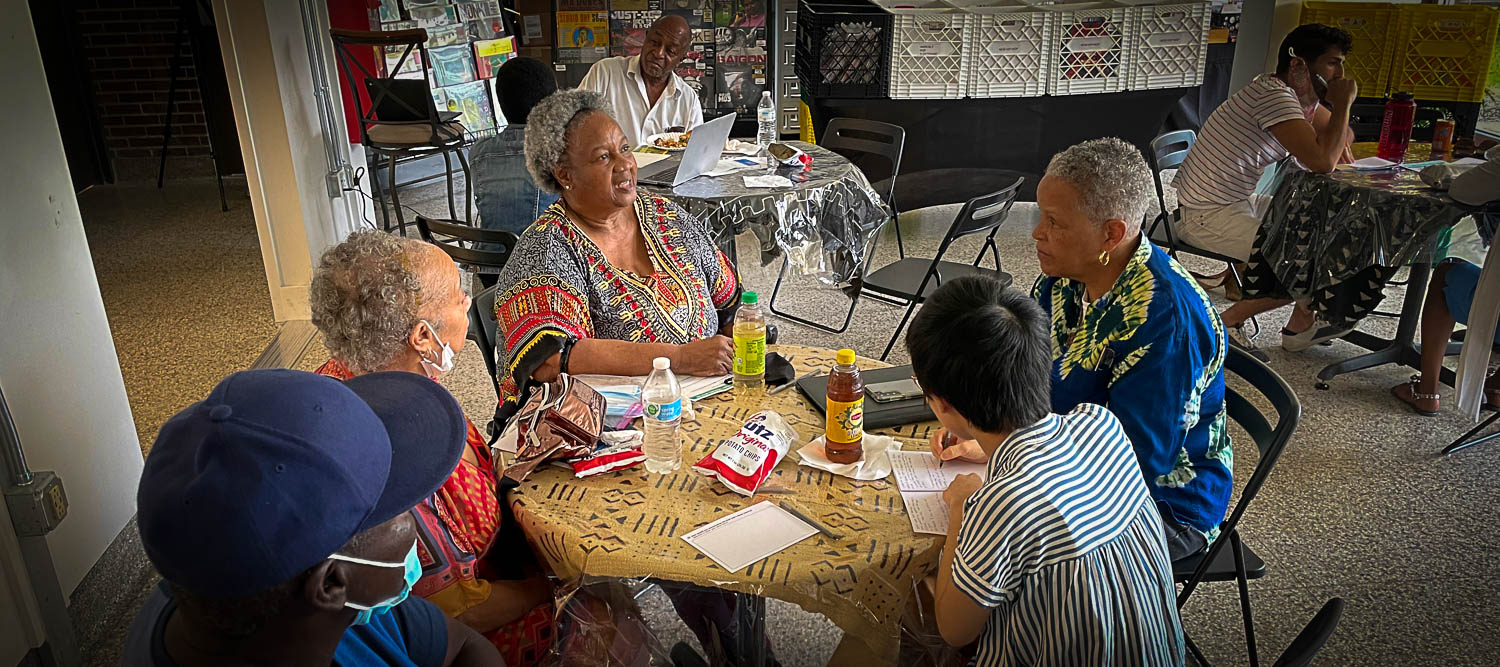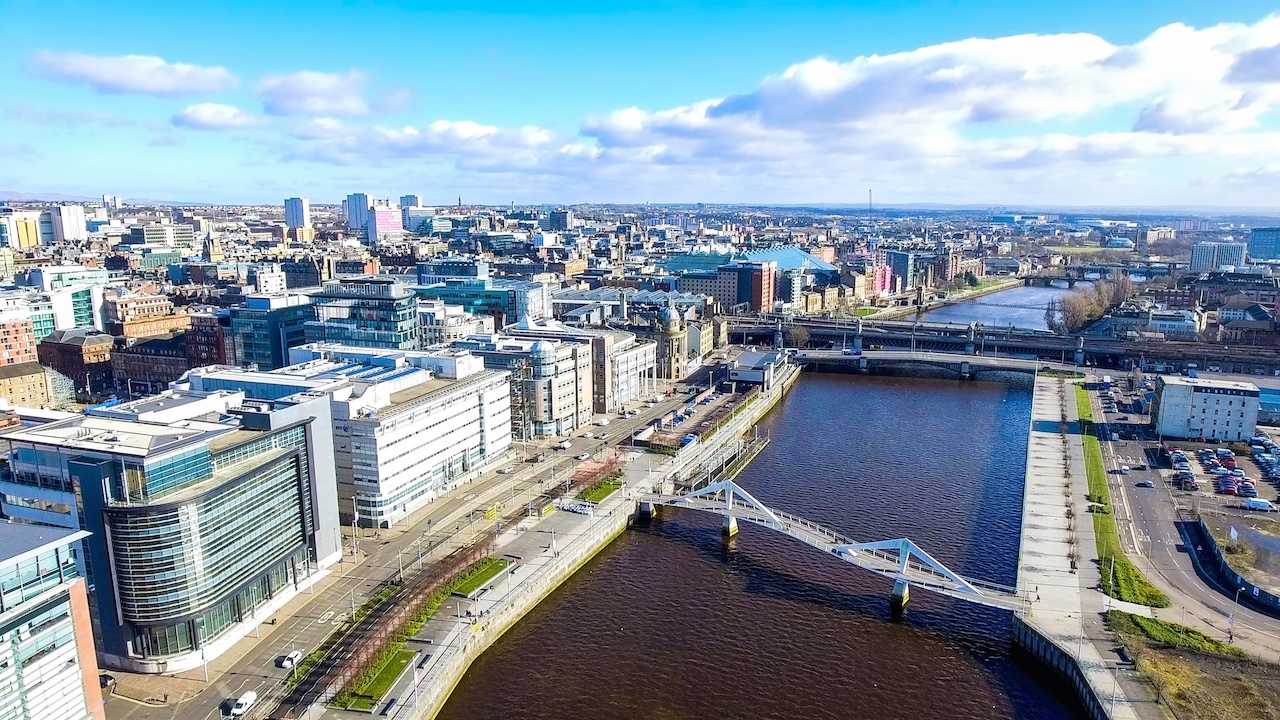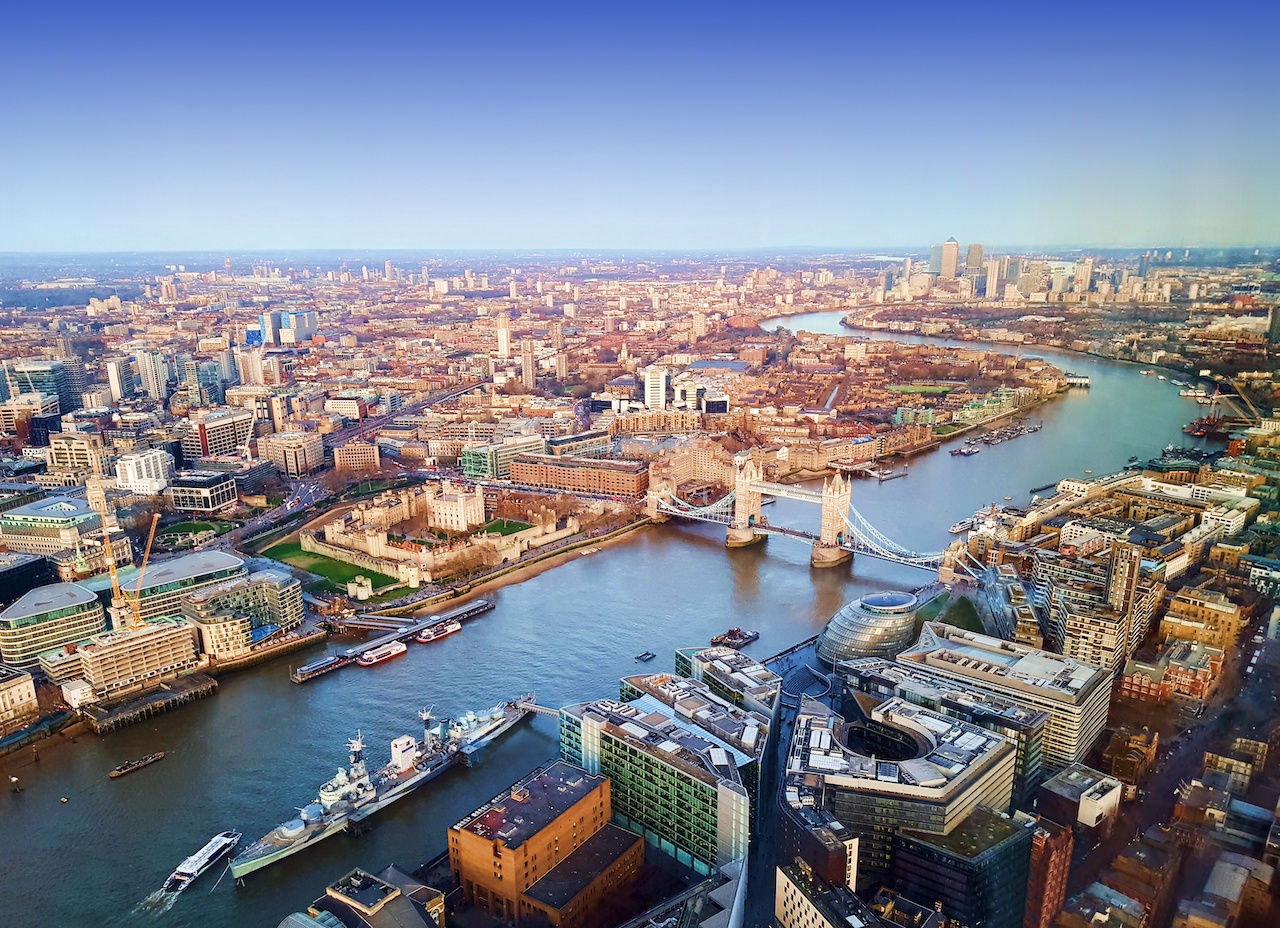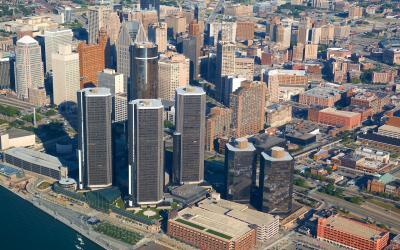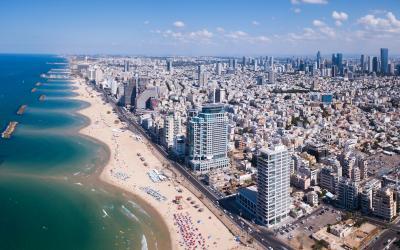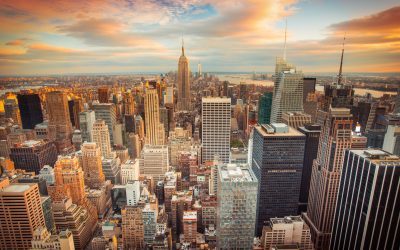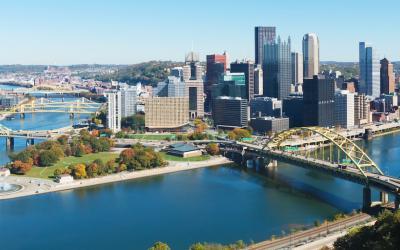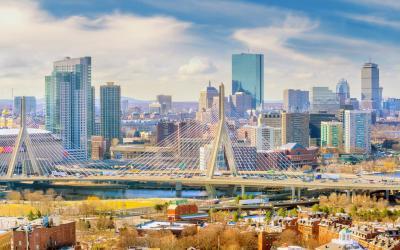Meeting of the Minds
What began as a 2-day summit in Oakland, CA in 2007, has grown into an internationally recognized non-profit organization with world-class events, year-round leadership programming, and an unparalleled digital platform.
Our mission is to bring together urban sustainability and technology leaders across sectors to share knowledge, best practices and catalyze lasting alliances and partnerships. We foster person-to-person and city-to-city learning by curating emerging trends and spotlighting projects and practitioners working on the future of sustainable, resilient, and equitable cities and regions.
We believe that the best solutions and partner ecosystems result from collaboration and engagement across sectors and disciplines. We convene leaders from international bodies, local government, state and federal government, corporates, startups, non-profits, academics and philanthropy.
Meeting of the Minds thanks and acknowledges the support of our current and past sponsors, including:
Foundations
Annie E. Casey Foundation
Barr Foundation
Burton D. Morgan Foundation
Ford Foundation
Lincoln Institute of Land Policy
Living Cities
New Economy Initiative
Paul G. Allen Philanthropies
Robert Wood Johnson Foundation
Rockefeller Foundation
The California Endowment
The California Wellness Foundation
The Cleveland Foundation
The JPB Foundation
The Kresge Foundation
The Volvo Research and Education Foundations
Healthcare
Kaiser Permanente
Sutter Health
Telecom
AT&T
Comcast
Qualcomm
Verizon
Global Technology Leaders
Cisco
Dassault Systémes
IBM
Itron
Microsoft
Oracle
Philips Lighting/Signify
Schneider Electric
Siemens
Transportation Leaders
Bombardier
Cubic
Daimler/Car2Go
Ford
JUMP Bikes/UBER
Lacuna
Keolis
Lyft
Streetlight Data
Toyota
Zipcar
Financial Institutions
JPMorgan Chase
PNC Bank
Wells Fargo
IT & IoT
Atonix Digital
Cleverciti Systems
Iteris
Logicalis
Roadbotics
RelayR Corp
Planning, Design, Architecture, Real Estate, Engineering, Construction
Black & Veatch
CBRE
CH2M Hill
Colliers
DKS Associates
Jones Lang LaSalle
Oxford Properties Group
Ramboll
Skidmore Owings & Merrill
WSP
Consulting Firms
Cognizant
ENGIE Impact
Deloitte
EY
PwC
Government
Ann Arbor SPARK
City of Berkeley, CA
Cuyahoga County
Federal Reserve Bank of San Francisco
JobsOhio
Metrolinx
State of Michigan
Resources: Water and Energy
AEP Ohio
DTE Energy
Festival Hydro
FirstEnergy
Marin Clean Energy
Natural Resources Defense Council
Sacramento Municipal Utility District
Shell
Xylem Water
Innovators
Cleveland Neighborhood Progress
JumpStart
Natural Resources Defense Fund
Rock Ventures
The New School
University of California
UrbanFootprint
Recent Webinars
Recent Articles
Data Fluency is an Antidote to Fear and Apathy
There are already more than 60 COVID-19 vaccines in the works. When interconnected individuals with a common goal pool knowledge and share their assets, we experience unparalleled advances. Data fluency is foundational to societal and civic engagement. It can invigorate constituencies and shift systemic power dynamics. At a time when we trust fewer entities to watch our backs and we can become crippled by fear and powerlessness, data fluency can help us find and activate opportunity narratives.
The prevalence of data in our lives represents the need to repeatedly evaluate trade-offs. Narratives have power, as fellow management consultant John Hagel reminds us: “every successful social movement in history has been driven at its core by a narrative that drove people to do amazing things.” Powerful narratives can drive us to act or prevent us from taking action via distraction or disinformation. Predictive analytics are being employed across many sectors, often without our knowledge and sometimes in violation of laws. In order to exercise agency, we need to understand who controls the narratives coloring our daily realities.
Fighting COVID-19: How Gamification Can Reenergize Local Government and Help Save Small Businesses
The first COVID-19 related campaign that was designed to encourage local consumption was called “The Local Shoppers Challenge.” This one campaign generated $145,000 in local economic activity within just two weeks, at a time when COVID-19 was shutting down the economy. Colu launched this campaign in partnership with the Tel Aviv Foundation, which works to help disadvantaged communities in the city. The campaign features a digital punch card; when the card is used four times at local businesses for a transaction of at least NIS 20 (~US $6) each, residents are granted a one-time reward of 35 Tel Aviv coins (~US $10). This award is only offered to residents that complete the entire challenge (four qualifying transactions).
Smart Cities & Public Health Emergency Collaboration Framework
Based on our observations and experiences, we’ve written a white paper describing a Smart City-Public Health Emergency collaboration framework. We define a structured approach to broadly consider and maximize collaboration opportunities between the smart city innovation community and municipalities for the COVID-19 outbreak. It integrates the CDC Public Health Emergency and Response Capabilities standards with components of a smart city innovation ecosystem. The CDC defined capability standards are organized into six domains. Each intersection in the framework represents a collaboration point where the smart city’s innovation ecosystem and digital capabilities can be used to augment the municipalities’ public health emergency response needs.
COVID-19 is Creating the Largest Ever Telecommunity, But Not for Everyone
Social distancing is becoming the new normal, at least for those of us who are heeding the Center for Disease Control’s warnings and guidelines. But if you don’t have reliable, high-speed broadband, it is impossible to engage in what is now the world’s largest telecommunity. As many schools and universities around the world (including those of my kids) are shut down, these institutions are optimistically converting to online and digital learning. However, with our current broadband layout, this movement will certainly leave many Americans behind.
How to Move More People with Fewer Vehicles
Accenture analysts recently released a report calling for cities to take the lead in creating coordinated, “orchestrated” mobility ecosystems. Limiting shared services to routes that connect people with mass transit would be one way to deploy human-driven services now and to prepare for driverless service in the future. Services and schedules can be linked at the backend, and operators can, for example, automatically send more shared vehicles to a train station when the train has more passengers than usual, or tell the shared vehicles to wait for a train that is running late.
Managing urban congestion and mobility comes down to the matter of managing space. Cities are characterized by defined and restricted residential, commercial, and transportation spaces. Private autos are the most inefficient use of transportation space, and mass transit represents the most efficient use of transportation space. Getting more people out of private cars, and into shared feeder routes to and from mass transit modes is the most promising way to reduce auto traffic. Computer models show that it can be done, and we don’t need autonomous vehicles to realize the benefits of shared mobility.
Planning for Arts and Culture in San Diego
The role of government, and the planning community, is perhaps to facilitate these kinds of partnerships and make it easier for serendipity to occur. While many cities mandate a portion of the development budget toward art, this will not necessarily result in an ongoing benefit to the arts community as in most cases the budget is used for public art projects versus creating opportunities for cultural programming.
Rather than relying solely on this mandate, planners might want to consider educating developers with examples and case studies about the myriad ways that artists can participate in the development process. Likewise, outreach and education for the arts community about what role they can play in projects may stimulate a dialogue that can yield great results. In this sense, the planning community can be an invaluable translator in helping all parties to discover a richer, more inspiring, common language.




